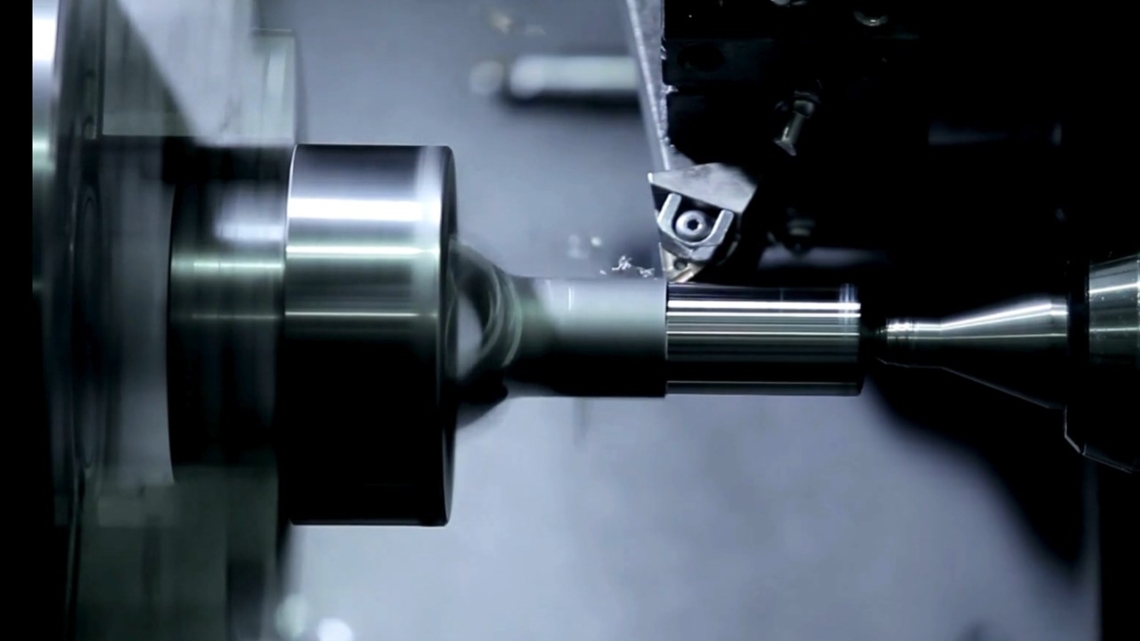In the manufacture of cemented carbide cutting tool inserts, one of the persistent challenges is cobalt leaching. Since tungsten carbide grains are held together by a cobalt binder, any loss of cobalt during finishing can have significant consequences:
• A weakened binder phase, leaving the edge brittle and prone to micro-chipping
• Surface porosity, reducing mechanical integrity
• Poor adhesion of CVD/PVD coatings, leading to premature delamination
• Greater susceptibility to corrosion and oxidation
• Ultimately, shorter tool life and inconsistent performance
One proven way to address this is through wet blasting. Unlike dry blasting or aggressive chemical treatments, wet blasting suspends abrasive media in water, offering a more controlled and protective process.
Key benefits for cobalt preservation include:
• Minimising binder removal from the surface, protecting the durability of the insert
• Preventing localised overheating that can accelerate cobalt depletion
• Reducing chemical attack on the cobalt binder during surface preparation
• Producing a surface that retains cobalt in the right proportion, ensuring strong coating adhesion and edge reliability
In short, wet blasting allows manufacturers to prepare inserts for coating in a way that preserves cobalt at the surface, enhances durability, and delivers more consistent cutting performance.
It’s a reminder that sometimes the difference between a tool that fails early and one that runs reliably isn’t just in the coating itself, but in how the cobalt binder is protected during substrate preparation.























